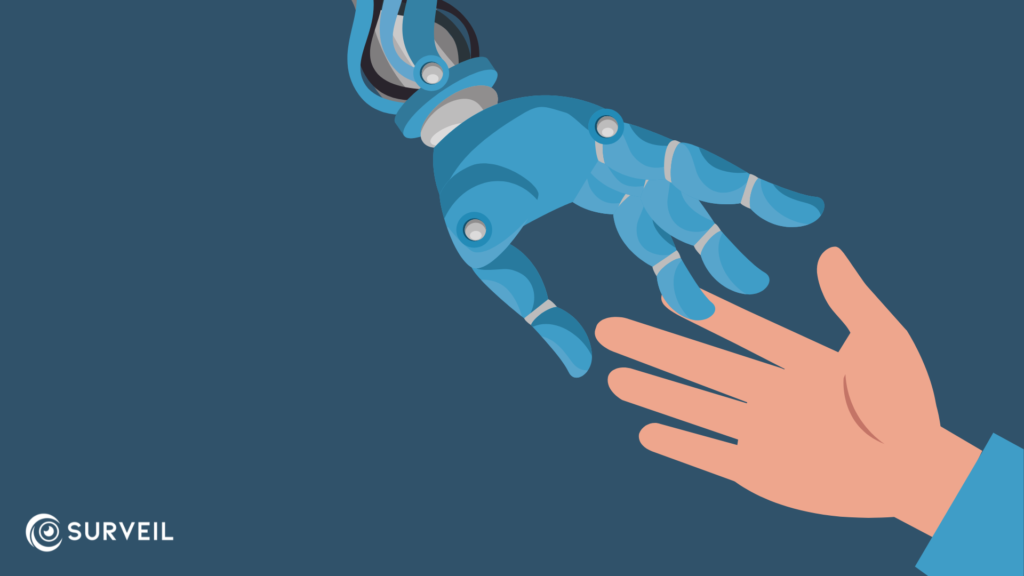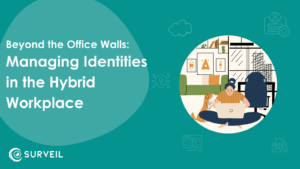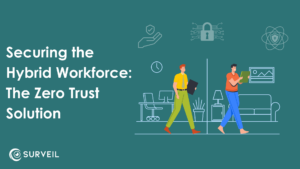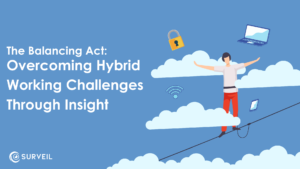As Microsoft launches its ‘Be You’ campaign, we’re looking at how technology can level the playing field for learning differences in the workplace.
Ah, humans. We’re all brilliant and unique, and we all experience the world in different ways. But… when it comes to our working lives, how much does the modern workplace currently reflect all those wonderful differences?
Sadly, the statistics tell us not much. If, for example, we refer to recent employment statistics where only 5% of adults with a learning disability in England are shown to be in paid employment, it becomes startling clear that we’ve got a long way to go.
Because of how varied people are – as well as the different ways we each think and process information – however, we’ve quickly found that traditional, blanket approaches to remediating the issue rarely work.
That’s where another fantastic human trait comes into play: our ability to build and employ technology to make lives easier. Now, as Microsoft is highlighting in their ‘Be You’ campaign, technology is meeting people with learning differences, neurodivergent conditions, and other disabilities where they are to level the playing field.
Microsoft Wants You to ‘Be You’
For many adults with dyslexia, lower levels of functional literacy, and other learning differences, the workplace is often a challenging environment. In order to raise awareness of how technology is changing the narrative, however, Microsoft have launched their ‘Be You’ campaign.
Working with partners, Microsoft aims to spotlight ‘enabling technologies’ that make everyday life more accessible, with the needs of the individual placed front and centre. What’s more, the campaign has been designed by and for people with dyslexia, as authorities on their own lived experiences. Future expansions to the campaign are planned, covering other learning differences in an effort to spearhead widespread change.
Aside from championing technology’s role in supporting people and their learning differences, the Be You campaign is also serving as a resource, shedding light on daily struggles, tackling stigma, and educating individuals, workplaces, and teachers. By taking this stance, learning differences can be seen as a strength, with the supporting technologies meeting people with learning difficulties where they are – meaning they’re allowed to be true to themselves and thrive as a result.
Kicking things off, the campaign has launched with three enabling technologies for people with dyslexia taking the limelight: Immersive Reader, Dictate and PowerPoint
How Else is Technology Lending Its Support?
Although the Be You campaign is an important step forward in representing individuals with learning differences, there’s plenty for the rest of us to do be doing in the meantime.
If we flip the narrative for a moment, for example, and acknowledge that communication is a two-way street, then we reaffirm our own responsibility to contribute. How is that done? Well, while people with disabilities are using technology to support themselves, the people around them can also use similar tools to make their work and communication more accessible for all.
Two great examples of this are Live Captions and the Accessibility Checker:
- Live Captions in Teams meetings allow for more attendees to access live meetings and recorded content
- Microsoft’s Accessibility Checker reviews documents and highlights accessibility issues, allowing users to ensure their document is accessible and understood by all
At Surveil, we’re big fans of leveraging Microsoft technologies to support our remote working practices and encourage inclusion. We’ve also talked before about how the right insights can be leveraged to empower inclusive change, though what about day-to-day working?
Well, for that we look to our Surveil tool and its functionality. Recognising the importance of supporting remote working, Surveil monitors the quality of calls and connections across devices, as well as the usage of solutions within Microsoft 365.
How does that help, you ask?
By having a handle on any communication issues, employers can better support their remote workers – who may live with disabilities or learning differences that make working from home a better option. Remediating connection issues and ensuring individuals have the devices and calling experience required to successfully communicate contributes towards a solid remote working practice, while understanding solution usage allows for barriers to be identified and redressed. In the end, insights are strongest when they’re being used to remove said barriers, and our users leverage those insights to reframe the employee experience.
Technology Levels the Playing Field
Overall, we can all agree that technology truly is a great leveller of the playing field – as can be demonstrated by how technology can meet our circumstances and unique challenges to connect us with our employers, colleagues, and each other.
And, with supportive technology on our side, we get the opportunity to think of them not as ‘learning difficulties’, but as ‘learning differences’, celebrating our individual experiences of the world without devaluing them.
In short, you get to ‘be you’. Who you really want to be anybody else?
Want to help your Microsoft customers to support remote workers or optimise costs for reinvestment into inclusion? Get in touch with our team to find out more.






